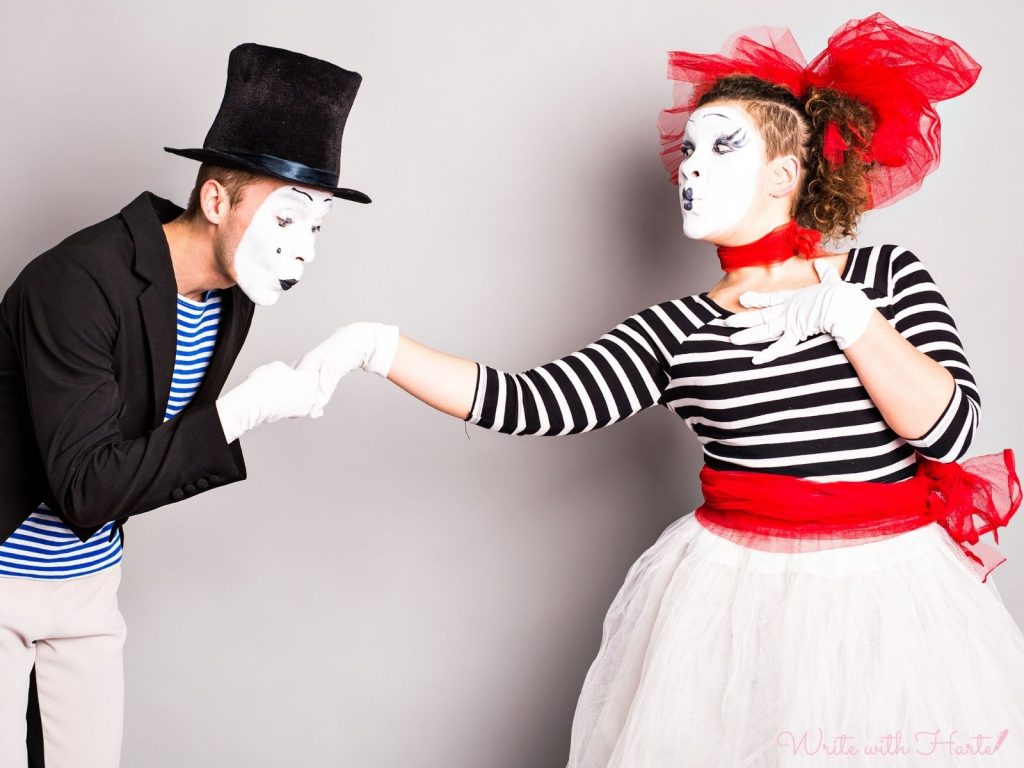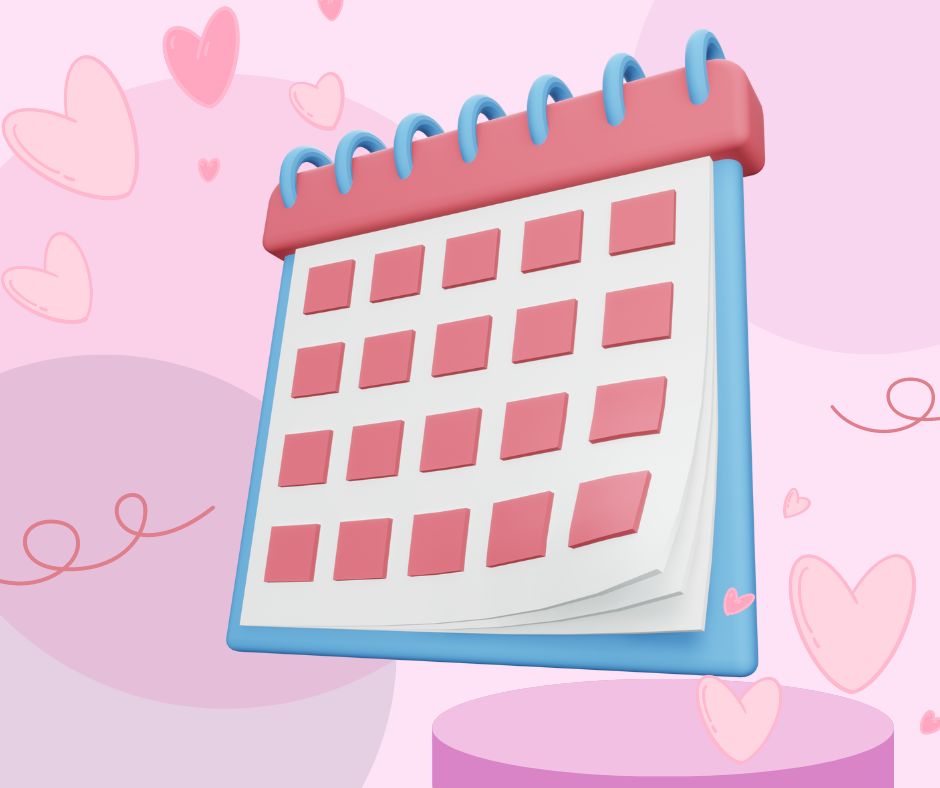How to Master Show vs. Tell for a Swoonworthy Romance

It’s almost like a commandment:
Show, don’t tell.
The problem is, many writers struggle with knowing the difference. After all, isn’t everything we write part of telling a story?
Read text of this post below the video.
Here’s what you need to know about Show Vs. Tell
Showing creates a visual impression.
Telling provides information.
Why is showing so important? Because creating a picture or movie in your readers mind is what evokes emotion. It’s what connects them to your characters to care enough to read on.
How to show instead of tell
Use the Senses:
Ask yourself, what does the thing want to convey look like? Or smell like? Or feel like. Or sound like? Or taste like. In other words, use the senses to deliver the information.
Tell: Jane was cold from the snow.
Show: Jane pulled her coat tighter around her.
Show: Her feet sank into the snow, slowing down her progress.
Show: She inhaled the frigid, clean air.
Use Strong Verbs and Active Voice
Active verbs do better at evoking imagery for your reader than passive state-of-being (to be) verbs.
Passive: The date was planned by Bob.
Active: Bob planned the date.
Use Dialogue, but Don’t Info Dump
If you have to parley information, do it through action, such as dialogue.
Tell: They had to get out of the car before it exploded.
Show: “We have to get out of the car. It might explode.”
Don’t Explain Things
Janice Hardy has an excellent article on red-flags of telling instead of showing that you should read. The essence of the article is that whenever you’re explaining motivation, emotion, or description, you’re telling, and she gives you the words that can clue you in to explaining instead of showing. Along with this tip is to avoid using self-reflective words such as noticed, realized, wondered, etc.
Jane cried out in pain. (What does this look or feel like?)
Jane could see that her words hurt him. (What is she seeing that makes her think he’s hurt?)
Jane wondered if she was safe. (Was she safe?)
HOWEVER…Telling isn’t always wrong.
Sometimes you want to give information instead of showing. If your character is going through mundane activities such as getting out of bed and ready for work, we don’t need a play-by-play of that, unless, of course, it’s important to the plot or revealing character. You can tell introductions between characters and save the “Hi.” “Hello.” “How are you?” “Good. And you?” In these cases, telling gets us quickly from something unimportant or mundane to the next bit of action.






Responses